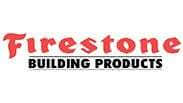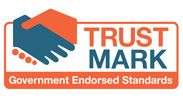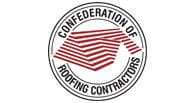As long as the technology advances, the UK roofing materials and designs will forever continue to improve in different ways over time. Evolution is noticeable in durability, elegance, style, and much more.
While modern roofing materials and designs seem highly functional and vibrant, there is much pride in traditional roofing trends. In other words, they greatly influenced today’s roofing types.
Are you curious? Well, this article brings you the history and evolution of UK roofing materials and designs. Without much ado, let’s see how the transition has taken place from the past to the present.
Traditional Roofing
In the past times, people did not have many choices on what materials to use for roofing. Sometimes, most of them could use anything at hand or readily available materials to roof their structures.
They wanted to meet their desires for warmth, safety, severe weather, and more. The commonly used materials were wood and asphalt. But, the limitations of such materials resulted in today’s flat roofing applications in the UK.
Mid-century Roofing
The roofing industry between the 17th and 19th centuries was mainly dominated by materials like wood, metals, slate, clay tiles, and sod roofs. For instance, the hand-split natural slate is the earliest materials used for roofing in the UK.
However, it is still predominant in several countries like wales, Scotland, South-West, and North-East England. Many people loved it for incredible strength, waterproof nature, elegance, and durability.
Besides, thatch roofing was also commonly used before the widespread of clay tiles. Unlike natural slate, thatch roofing was cheap and less bulky. Clay tiles were also standard and best fire resistors. As the cities became highly populated, wood and slate shingles were grown for more modern and fire-resistant roofing materials.
Modern Roofing Designs
Asphalt roofs gained popularity in the 20th century due to their rigidity and cost-effectiveness of the materials. The asphalt shingles come in plenty of styles and colours, making them best for use in residential homes. Besides, lead, copper, metal, and steel materials were also used for roofing in this era.
Today’s roof development has entirely focused on creating roof materials and designs that provide excellent performance. Plus, enhance energy efficiency and takes the looks of natural materials such as wood and slate. More importantly, modern commercial buildings use metal, EPDM, TPO, green roofs, and gutters for guttering work to ensure ultimate efficiency.
Stephen Morgan, Director of Multiform Roofing Bristol, has over 30 years’ experience in the roofing industry, helping homeowners and businesses across Bristol keep their properties safe, secure, and weatherproof. As a member of the Confederation of Roofing Contractors, Stephen believes in transparency, reliability, and delivering solutions that last – whether it’s a flat roof installation, a slate or tile roof repair, a garage roof replacement with asbestos removal, or an emergency call-out in Bristol. Known for his hands-on approach and honest advice, Stephen has built Multiform Roofing on a simple principle: give every customer clear information, fair prices, and workmanship that stands the test of time.







